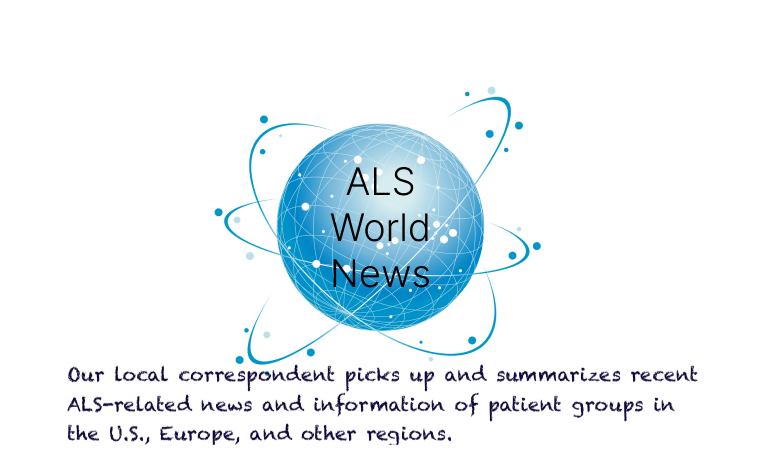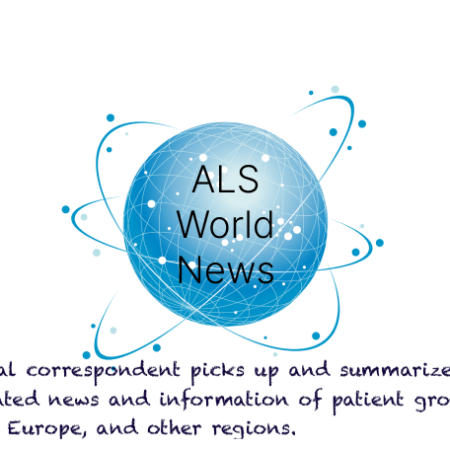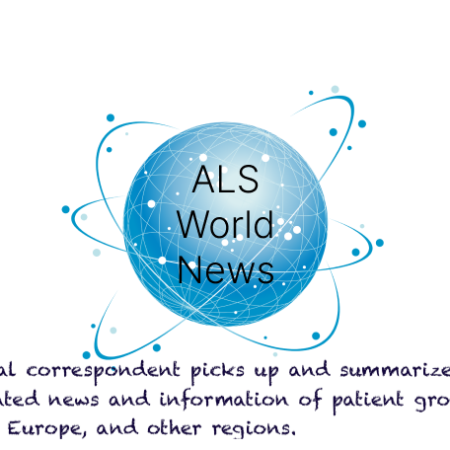Last fall, ALS researchers at the University of Zurich in Switzerland and the biotech company Mabylon received research grants from both the ALS Association and the Target ALS Foundation. The total amount received was $592,000 and the research project is the development of patient-derived intrabodies for the treatment of ALS.
https://www.mabylon.com/en/Research-at-Mabylon.htm#Pipeline
Intrabody is an unfamiliar term, but it is a type of antibody. As you know, antibodies are proteins produced by the immune system that circulate in the blood and protect the body from bacteria and viruses that invade the body. Intravody, a type of antibody, is also translated as “intracellular antibody. This means that the antibodies work inside the cells of the body. Conventional antibodies act on proteins on the surface of cells, but this intrabody can target proteins inside the cells.
Intrabody therapies, which have been increasingly studied in recent years, hold great promise as a new strategy for more effective approaches to treating incurable diseases such as cancer, HIV, autoimmune diseases, and neurodegenerative diseases including ALS.
Over the years, it has been reported that abnormalities in intracellular proteins, particularly those responsible for cell signaling, can result in the formation of abnormal intracellular clumps that can lead to the development of a variety of diseases. When readers and ALS patients hear the term “abnormal protein clumps,” they may think of TDP-43, which is found in more than 95% (some 98%) of all people with ALS (including both familial and isolated cases), It has been known for some time.
The strength of this intrabody is not only that it can be active inside the cell, but also that it can attach to and work only with specific proteins (target proteins) inside the cell. You may be wondering how an intrabody can enter the cell. In the last few years, researchers’ techniques have advanced to the point where intrabodies can be expressed within the cytoplasm of the cell. To take the example of targeting the aberrant TDP-43 protein, a fragment is first extracted from a monoclonal antibody that recognizes a specific site of TDP-43, and the gene encoding it is injected into the cell with a viral vector (carrier). The gene is then translated into the cell to express the intravody. The expressed protein intrabody pinpoints the target aberrant protein and inhibits its function, thereby reducing TDP-43 aggregation.
TDP-43 normally resides in the cell nucleus, where genetic information is stored, and is involved in the process of messenger RNA, an intermediary molecule produced when DNA is read and used as a template during protein production. However, in ALS disease, mutations in certain genes cause the TDP-43 protein to misfold and accumulate toxic clumps outside the cell nucleus, in the fluid-filled cytoplasm. Its toxicity interferes with neuronal function.
According to Mabylon, “Human-derived antibodies have greater therapeutic potential than antibodies derived from humanized animals or artificial libraries. (The award of not just one but multiple institutional grants (as I mentioned earlier) confirms that this approach has great therapeutic potential,” said a Mabylon representative in an interview with ALS News Today. said a representative of Mabylon in an interview with ALS News Today. We will be checking back regularly to see how the research progresses on this topic.
ALS Association site
ALS News Today site
Reference
https://www.jstage.jst.go.jp/article/jsnt/35/4/35_485/_article/-char/ja/
https://en.wikipedia.org/wiki/TAR_DNA-binding_protein_43
https://www.jstage.jst.go.jp/article/jsnt/35/4/35_485/_pdf/-char/ja
Reported by Nobuko Schlough, Pals on Feb 26, 2025





